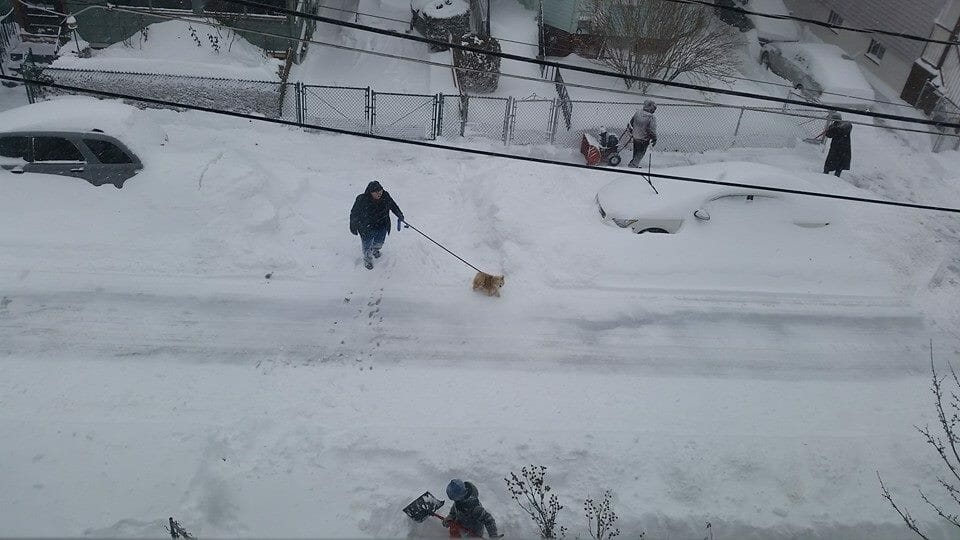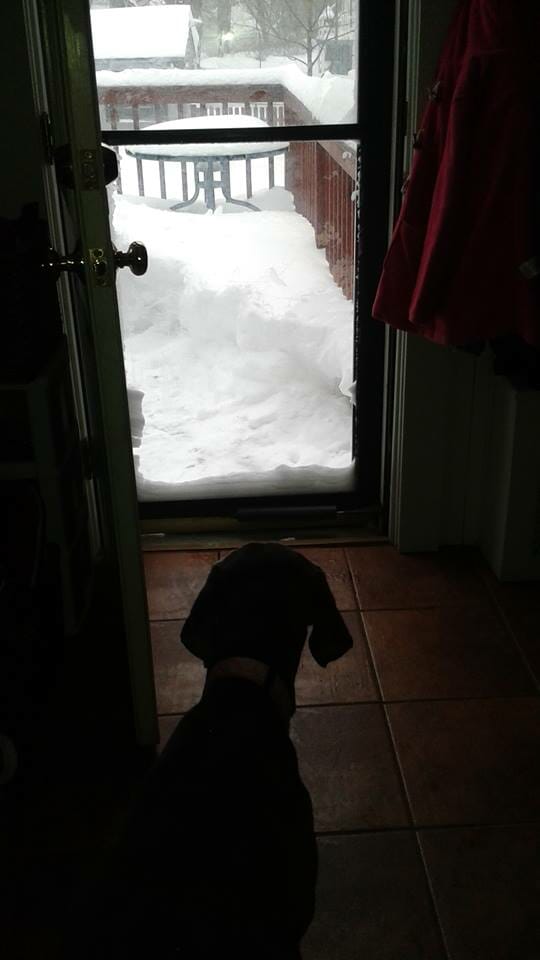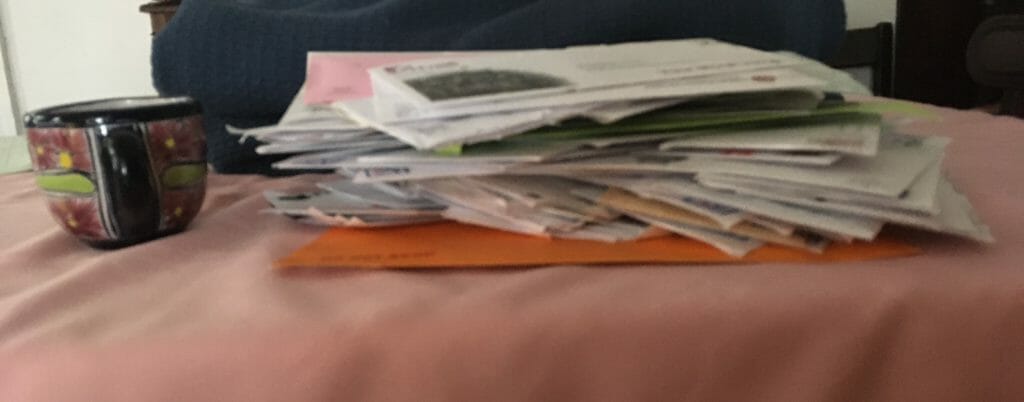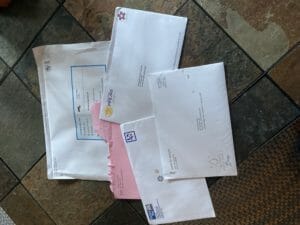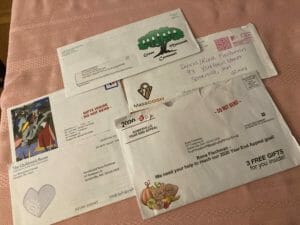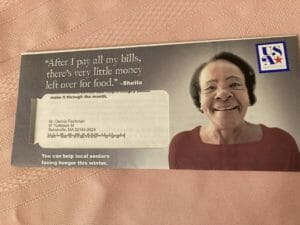Blizzard? Hah! I live in New England, where people line up for ice cream in the middle of a snow storm.
For the past several years, however, people have been snow-shy. Every time the white stuff was in the forecast, people remembered a month of being snowed in. (After a year of being locked down, quarantined, and going out only wearing a mask, that may not seem like much, but in 2015 we had no idea!)
The Blizzard of 2015 had great publicity, and it was all free. Can your nonprofit do as well by its own events? Share on XA Storm of Free Media
A blizzard has no bank account. It has no marketing budget. Without paying a cent, however, the storm that hit New England in January 2015 had its own hashtag…and hundreds of unpaid photographers.
I went on Facebook one Tuesday morning last January and found this:
And this:
And even this:
The Secret of the Storm’s Success
It snows every year. Why do people rush out each time it snows and snap photos?
It’s great if the photo is unique or memorable, but that’s not the reason people post their photos. Most blizzard photos look the same from person to person, from year to year. So, why are we all giving the blizzard free publicity?
I think it’s because a storm is a shared event. By taking pictures and posting them, people say, “I was here. I was a part of this.”
Of course, in 2015, we had blizzards every two weeks for a month and a half. By the end, there was nowhere to pile the snow, and people were too tired to take many photos. But at first, the excitement was real.
Can You Do As Well as a Blizzard?
At your nonprofit, are you making people feel that your events are shared events? When they attend your events (in person or online), do they want to claim them and show they were there?
You invite them to show up at the time of the event. Are you inviting them to show up later, with their photos?
Take my advice and plan ahead for how to get free media for your next event. For now, though, I’m signing off. After a relatively dry winter, we had a storm in Eastern Massachusetts. I have snow to shovel.

